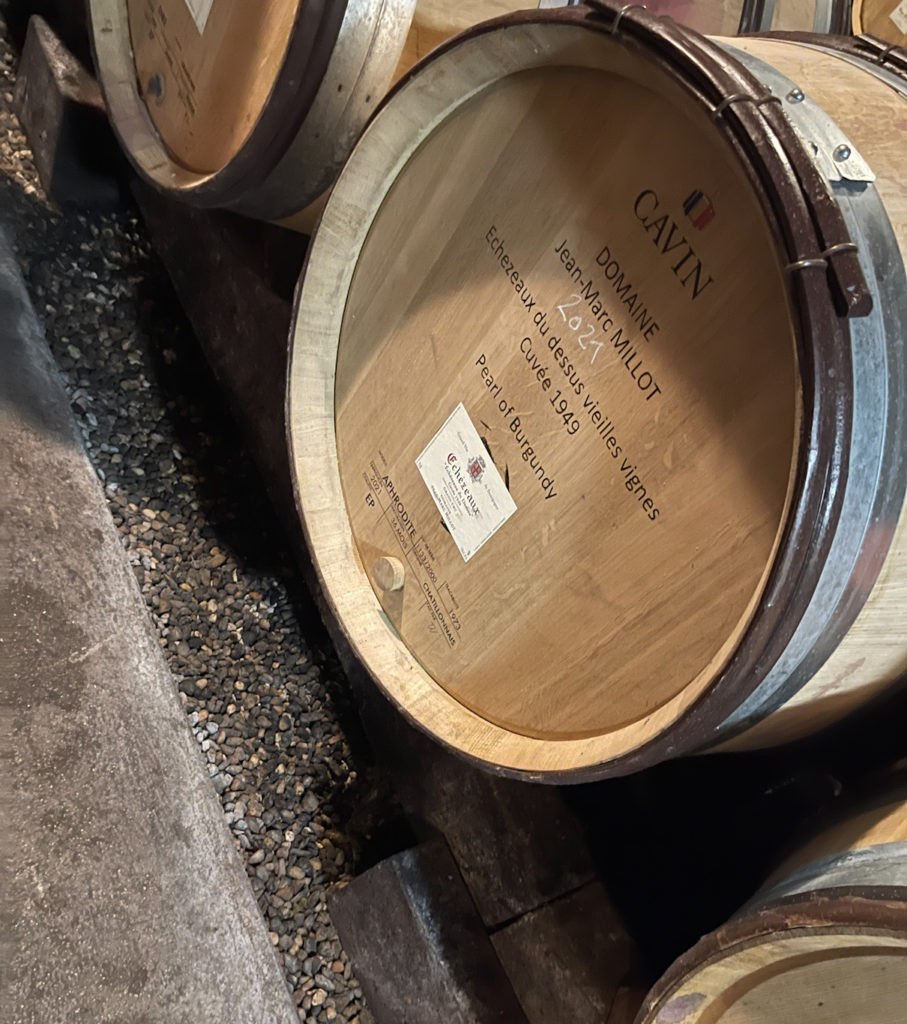Selecting the right barrel for the job is, in a big vintage like 2022, an even greater challenge, as the large harvest means many producers will see a shortage of barrels and barrel options.
Add to this the small, boutique producers with one-barrel cuvees, and this can easily become a problem worth noting.

This is, of course, an old, familiar problem. But the increase in the number of single-barrel cuvees has accentuated it, and sometimes the producer is forced into the wrong decision, or to put it more diplomatically, must choose a less-than-optimal cask for the job.
If a producer uses 100% new oak, then there’s no problem. You expect new oak, the style of the producer is oak-influenced, and that’s what you get. Equally, if the usual share of new oak is zero, the issue is non-existent.
Or is it?
One-oak wines
It is when the “optimal” share of new oak is somewhere between zero and 100% that difficulties arise. With standard-size barrels (228 litres), the variety of barrels and coopers to choose from is quite good. But with a “feuillette” (half-size, 114-litre barrel), there always seems to be a shortage.
The result for single-barrel cuvees is either 100% new oak or no new oak. Neither is normally optimal, yet I prefer the use of an older barrel if the usual estate style is based on 30-50% new oak.
I have seen some very good wines reduced to tight and overly oaky after elevage in a new barrel. Bigger wines might survive, but village or generic cuvees seem to struggle quite badly.
The choice of used barrel
Discussing old – or rather, used – barrels is a complex matter, as the cooper, toast, and barrel age are parameters that, amongst others, must be taken into account.
Often one uses the term a “one-wine-old cask,” meaning the barrel has been used for the elevage of one wine, hence normally one to two years.
A one-wine-old Francois Freres is, however, most likely to leave a stronger imprint than a one-wine-old Cavin. This adds to the complexity of the choice, as it suddenly has many variables. In reality, the producer frequently has a limited number of options: a four-year-old cask used for two wines from cooper X may be the only thing available!
Often this is a question of finding the best possible solution from too few options.
However, if the wines are transparent and pure, even one-wine-old barrels can have a strong impact. So saying that a used barrel gives a well-defined, uniform expression would be oversimplifying the issue significantly.
Winemakers’ transparency on this issue is sometimes less than ideal, despite the choice’s relatively strong impact on the wine. Full information is often non-existent, and therefore one needs to be aware.
The Winehog’s advice
I have the following pieces of advice regarding the oak in one-barrel cuvees:
Check the number of bottles produced; one-barrel cuvees should be noted. I will myself try to be more observant of this, and communicate it in my reviews and reports.
Be aware of 100% new single-barrel cuvees, especially from feuillete, and/or with a heavy toast. And note: Regional or village wines are more sensitive than 1ers and grands crus. A grand cru should always be able to adapt to a new oak barrel, but 1ers crus rarely need it if the style is not built to embrace 100% new oak!
With hindsight, I would have avoided some of the one-barrel cuvees I bought for myself, as they often will not yield the hedonistic energy that I seek. Perhaps with age they will reveal themselves better, but I fear that some of these wines will never reach their full potential.
We all get older and wiser, and with the increasing prices of Burgundy, we should expect producers to address this problem. Perhaps the 2022 vintage will raise awareness of the issue, as it is no longer only a question of choosing the right barrel. That said, this year it could be a struggle to find any barrel at all!

 - A true vin d’émotion – a Burgundy of passion
- A true vin d’émotion – a Burgundy of passion - A truly hedonistic wine – lively and enjoyable
- A truly hedonistic wine – lively and enjoyable - A vivacious wine for pure indulgance
- A vivacious wine for pure indulgance - A potential vin d´émotion - frais et léger
- A potential vin d´émotion - frais et léger
How one should interpret “pearl of burgundy” written on the barrel? obviously, it refers to the company making business in Asia and US. Does it mean that a barrel is already reserved for them? Thanks
yes this is apparently reserved for PoB …